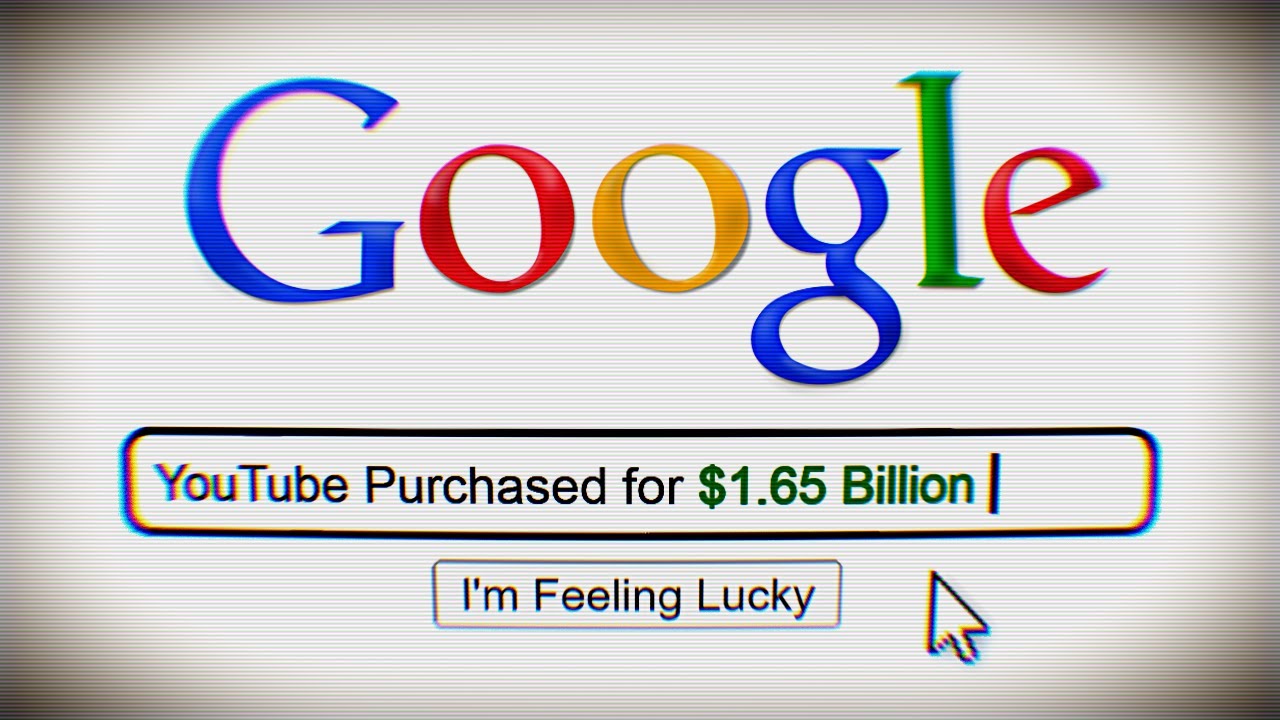The Evolution of YouTube: From Humble Beginnings to a Global Media Giant
YouTube, the world’s largest video-sharing platform, has transformed the way we consume content, entertain ourselves, and even learn new skills.
Launched in 2005, YouTube has grown from a modest startup allowing users to upload short, low-quality videos, into a media powerhouse with billions of users and a vast influence on global culture. This article delves into the key milestones in YouTube’s history, highlighting its evolution and impact on the digital world.
Note:
This article features content from the Marketing Made Clear podcast. You can listen along to this episode on Spotify:
The Birth of YouTube: 2005
YouTube was launched in February 2005 by three former PayPal employees; Chad Hurley, Steve Chen, and Jawed Karim. Initially, YouTube offered users the ability to upload videos of up to 30 seconds in length. These videos were often low in quality due to the limitations of technology at the time. Despite these humble beginnings, the platform quickly gained traction, as it provided an accessible and straightforward way for anyone with an internet connection to share videos with the world.
Check out the fish ever video uploaded to YouTube:
Me at the Zoo – the First YouTube Video Published
The Google Acquisition: 2006
Recognising the potential of YouTube, Google acquired the platform in November 2006 for a staggering $1.65 billion in stock. This acquisition marked a turning point for YouTube, providing it with the resources and infrastructure needed to scale globally. Under Google’s ownership, YouTube expanded its capabilities, improved video quality, and began exploring ways to monetise the platform.

The Introduction of In-Video Advertising: 2007
In 2007, YouTube introduced in-video advertisements, marking the beginning of its journey toward becoming a revenue-generating giant. These ads allowed YouTube to capitalise on its rapidly growing user base by integrating advertisements directly into videos. Alongside this, YouTube launched its Partner Program, enabling established content creators to earn money by featuring ads on their videos. This move not only incentivized creators to produce more content but also helped YouTube build a sustainable revenue model.
Pre-Roll Adverts and Media Dominance: 2008
A year later, in 2008, YouTube introduced pre-roll adverts, ads that play before a video starts. This addition further solidified YouTube’s position as a dominant player in the media landscape. As the popularity of YouTube continued to soar, the platform soon surpassed traditional media outlets such as television and radio in terms of revenue. The ability to target specific demographics with ads made YouTube an attractive option for advertisers, contributing to its rapid growth.

The Launch of YouTube Premium: 2014
In 2014, YouTube launched its premium subscription service, initially branded as “YouTube Red” and later rebranded as “YouTube Premium.” This service offered users an ad-free experience, as well as access to exclusive content and features like offline viewing and background play. YouTube Premium marked another significant milestone in the platform’s evolution, catering to users who were willing to pay for a more seamless and enhanced viewing experience.
The Rise of YouTube Premium: A Growing Subscription Base
As of today, YouTube reportedly has around 100 million premium subscribers, a significant number by any measure. However, when compared to its massive user base of 2.5 billion monthly active users, it represents just 4% of the total audience. This statistic underscores the fact that while many users value the ad-free experience, the vast majority of YouTube’s audience continues to engage with the platform for free, supported by the advertising model.
Conclusion
From its early days of 30-second, low-quality videos to becoming the world’s largest media outlet, YouTube’s journey is a testament to the power of digital innovation. Google’s acquisition in 2006, the introduction of in-video and pre-roll ads, and the launch of YouTube Premium in 2014 have all played crucial roles in shaping YouTube into the global phenomenon it is today. With billions of users and a growing premium subscriber base, YouTube continues to redefine the media landscape, shaping the future of content consumption for generations to come.
Up Next:
More marketing hate!


